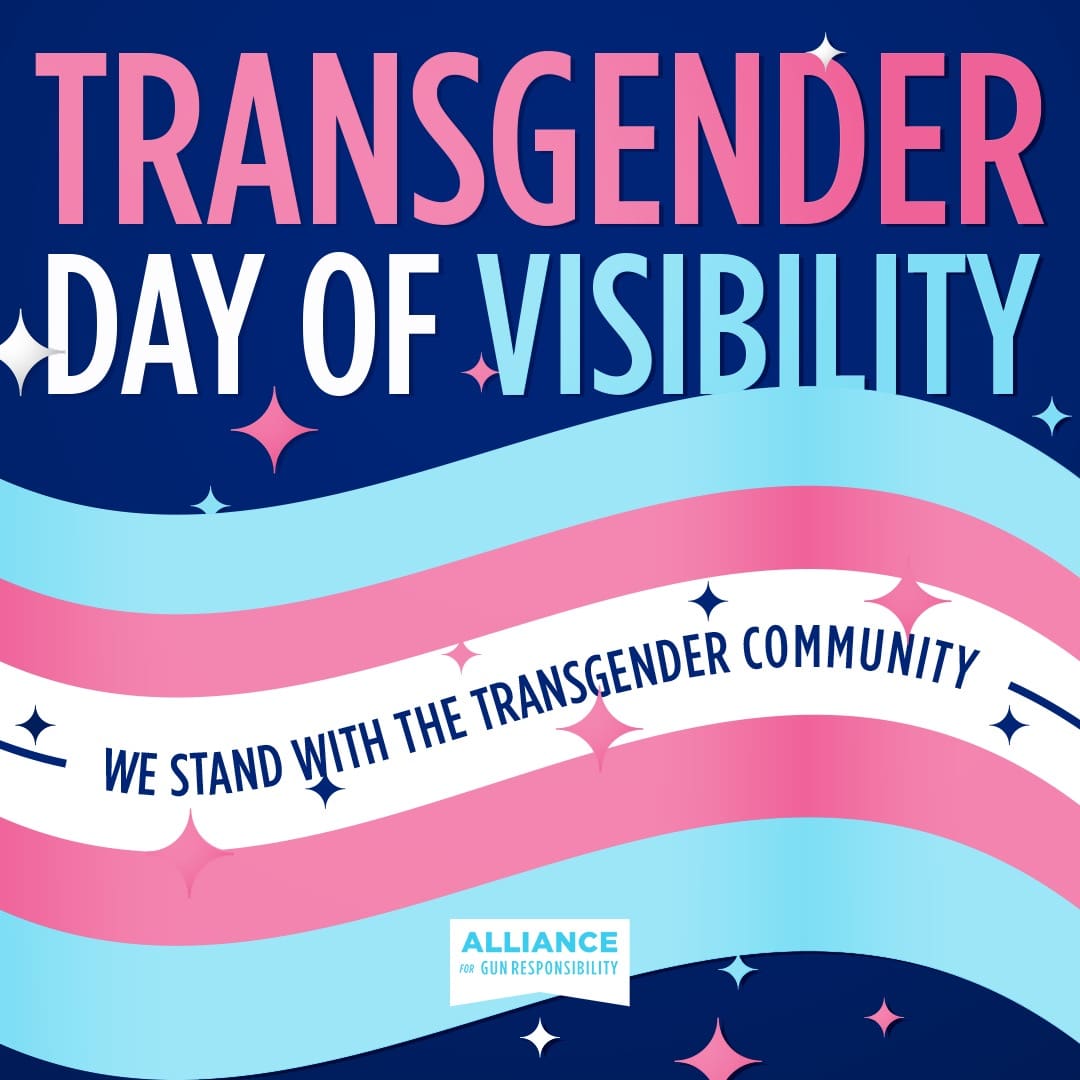Gender Euphoria Scale: A Potential Tool For Better Transgender Mental Health Outcomes On Transgender Day Of Visibility

Table of Contents
What is Gender Euphoria and Why is it Important?
Gender euphoria describes the intense feelings of joy, comfort, and affirmation experienced when aligning one's inner gender identity with outward expression. It's the positive counterpart to gender dysphoria, the distress caused by a mismatch between one's gender identity and assigned sex. Understanding and measuring gender euphoria is crucial because:
- It's a vital indicator of mental well-being: Experiencing gender euphoria is strongly linked to improved self-esteem, reduced anxiety and depression, and increased overall life satisfaction among transgender individuals.
- It enhances the effectiveness of affirmative care: Focusing solely on alleviating dysphoria provides an incomplete picture. Affirming care should also actively cultivate and nurture gender euphoria.
- It counters the negative narratives surrounding transgender identities: Society often focuses on the challenges faced by transgender individuals. Highlighting positive experiences like gender euphoria helps to create a more balanced and nuanced understanding.
- It emphasizes the importance of positive transgender experiences: By acknowledging and celebrating gender euphoria, we foster a more inclusive and supportive environment for transgender people.
The limitations of focusing solely on dysphoria in mental health assessments are clear. A comprehensive approach must incorporate both the alleviation of distress and the cultivation of joy and affirmation. This holistic approach, focused on positive transgender experiences and transgender joy, is critical for providing affirming care.
The Gender Euphoria Scale: A Closer Look
The Gender Euphoria Scale (GES) is a quantitative measurement tool designed to assess the intensity and frequency of gender euphoria. Its structure typically involves a series of statements related to different aspects of gender affirmation, which individuals rate on a scale (e.g., Likert scale). The purpose of the GES is to provide a standardized and objective measure of gender euphoria, facilitating research and clinical practice.
- Development and Validation: While the specific development process may vary depending on the version of the GES, rigorous testing for validity and reliability is crucial. This involves ensuring the scale accurately measures what it intends to measure and produces consistent results. Existing research studies on the GES should be examined to understand its psychometric properties.
- Advantages of Quantitative Measurement: The GES offers several advantages over solely relying on qualitative methods (e.g., open-ended interviews). Quantitative data allows for statistical analysis, enabling researchers to identify trends, correlations, and the effectiveness of interventions.
- Limitations: Like any assessment tool, the GES has limitations. Cultural biases, linguistic limitations, and the diversity of transgender experiences may impact its applicability and generalizability across different populations. Ongoing research should address these limitations, ensuring the scale is suitable for a wide range of individuals. Future research needs to ensure the reliability and validity of the scale across different cultural contexts.
How the Gender Euphoria Scale Can Improve Transgender Mental Health Outcomes
The GES holds immense potential for improving transgender mental health outcomes in various settings:
- Clinical Settings: The GES can be a valuable tool for clinicians to track treatment efficacy, monitor progress, and tailor interventions based on individual needs. It provides objective data to guide personalized care and affirmative therapies.
- Research: Using the GES in research studies can help researchers identify factors contributing to gender euphoria, leading to the development of more effective interventions and support systems. This research can inform the development of evidence-based practice guidelines.
- Community Settings and Self-Assessment: The GES can be adapted for use in community settings or self-assessment, empowering transgender individuals to better understand their experiences and advocate for their needs. This increased self-awareness is a powerful tool for self-advocacy and empowerment.
- Personalized Care: By providing a measure of gender euphoria, the GES enables healthcare professionals to create personalized treatment plans that focus on both addressing gender dysphoria and promoting gender affirmation and well-being.
Challenges and Future Directions for the Gender Euphoria Scale
Despite its potential, the GES faces several challenges:
- Widespread Adoption: Increasing awareness among healthcare providers about the GES and providing training on its proper use are crucial for widespread adoption. Collaboration with professional organizations is essential to improve access to the scale.
- Further Research: Further research is needed to establish the GES's validity and reliability across various transgender populations, considering factors like age, race, ethnicity, and socioeconomic status. This research must address issues of cultural sensitivity and ensure the scale is accessible and relevant for all.
- Scale Improvement: Continuous refinement and improvement of the GES are necessary to ensure it remains a robust and effective tool for measuring gender euphoria. This includes addressing potential limitations identified through ongoing research and feedback from users.
- Accessibility: Efforts should be made to make the GES accessible in multiple languages and formats to reach a broader range of transgender individuals.
Conclusion: Embracing the Gender Euphoria Scale for a Brighter Future in Transgender Mental Healthcare
The Gender Euphoria Scale represents a significant step toward a more holistic and affirming approach to transgender mental healthcare. By acknowledging and measuring gender euphoria alongside gender dysphoria, we can create more comprehensive and effective interventions. This Transgender Day of Visibility, let's champion the use of tools like the GES to foster positive mental health and well-being within the transgender community. Learn more about the Gender Euphoria Scale and its applications; its potential to improve the lives of transgender individuals is immense. Let's work together to ensure affirming care is accessible to everyone, and let the positive experiences of gender euphoria shine brightly.

Featured Posts
-
 Report Bianca Censori Reportedly Wants Divorce Amidst Kanye Wests Control
May 14, 2025
Report Bianca Censori Reportedly Wants Divorce Amidst Kanye Wests Control
May 14, 2025 -
 Why Fans Compare Parker Mc Collum To George Strait
May 14, 2025
Why Fans Compare Parker Mc Collum To George Strait
May 14, 2025 -
 Haiti En Crisis El Sociologo Danny Shaw Y La Ausencia De Ayuda De Trump
May 14, 2025
Haiti En Crisis El Sociologo Danny Shaw Y La Ausencia De Ayuda De Trump
May 14, 2025 -
 La Discussione Tra Alessia Marcuzzi E Mara Venier Cosa E Davvero Successo
May 14, 2025
La Discussione Tra Alessia Marcuzzi E Mara Venier Cosa E Davvero Successo
May 14, 2025 -
 Maya Jama And Ruben Dias A Relationship Timeline
May 14, 2025
Maya Jama And Ruben Dias A Relationship Timeline
May 14, 2025
